A Full Guide to Back Exercises
The back is one of the most important muscle groups in the body. It's what keeps us upright, and it's also responsible for preventing injuries. You can't just focus on your biceps or quads to build strength; you need to train your whole body—including your back.
Back exercise is one of the most important things that you should do to keep your back in shape. Almost every part of your body is connected to the back, so it's important to keep it strong.
The back muscles play a vital function in supporting the spine and you must exercise them regularly. If you do not try to keep your back muscles fit, it can lead to many health problems later in life.
In this article, we will show you exactly why back exercises are so important and then will show some of the best exercises for strengthening different parts of your back.

Benefits of Back Exercises
Before we get into the best back exercises, let's first go over why back exercises are so important and should be an essential part of your weekly workout routine.
Here are the reasons:
Strength and Endurance
The back is an essential part of all body strength and endurance, especially to support the weight of your body, which can reduce strain on joints and ligaments.
So a back workout routine is best to improve your strength and endurance in general. That's the case whether you're an athlete or just want to be strong and capable in your everyday life.
Back exercises strengthen your upper back, middle back, and lower back, which all play a part in general body strength.
Healthy Posture
Back exercises can help improve posture and help you keep your back in a straight line when needed more naturally.
A back workout routine also decreases the risk of developing spinal degeneration later in life as you age.
Research has shown that people with better posture have a 50% less chance of developing spinal pain compared with those with poor posture, so those two are very related.
Strong Core
Back exercises can also help to strengthen your core. This is important because a strong back with healthy muscle growth will enable you to carry out other activities more easily, such as carrying heavy shopping bags or lifting children.
If you want to get fit, but don’t know where to start, consider trying some of these back exercises at home.
Prevent Injury
Strengthening the muscles around your spine helps to support it, preventing injury and protecting it from everyday wear and tear. But it's not just for the spine either, as back muscles are connected to the other parts of the body.
Exercises that target different parts of your back through your entire posterior chain work out different sets of muscles, preventing one part from becoming overworked or underused compared with another.
It's part of why it's so important to include different back exercises that target different muscle groups in your workout routine.
Lower Back Pain Relief
Back pain is a common condition that affects more than 80% of adults at least once in their life. The most common reason for back pain is weak and/or tight muscles in the hip, buttocks, and lower back.
By strengthening these muscles, you will be able to reduce your risk of developing back pain, especially chronic back pain.
However, the thing with back pain is that sometimes exercises aggravate the sore muscles. Prioritizing stretches and trying out different exercises can majorly help with this.
Below, you will find recommended exercises divided based on which muscle group area of the back it targets most. All three parts, upper, lower, and middle back, should be strengthened, so your workout routine should always be a mix of all three types of back exercises.
Exercises for The Upper Back
Those upper back muscles' exercises are varied enough and straightforward to start as a beginner. Just make sure you start with light weights and in the proper form.
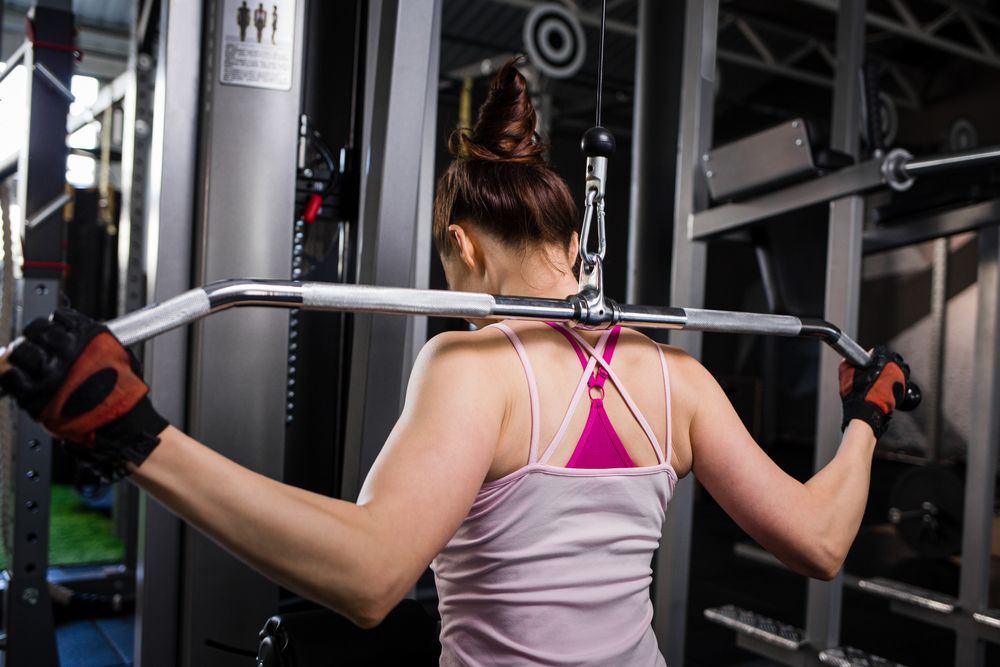
Wide-grip Lat Pulldown
The wide-grip lat pulldown isn't just a great back workout but also great for the shoulders and upper body.
For the starting position, start at the lat pull-down machine with your knees slightly bent and feet flat and firm on the floor. Grip the bar with both hands, shoulder-width apart, and palms facing forward.
Keep your elbows close to your body as you lean forward slightly and extend your arms straight out in front of you until they are parallel to the floor.
Then slowly lower the weight until your arms are fully extended in front of you again.
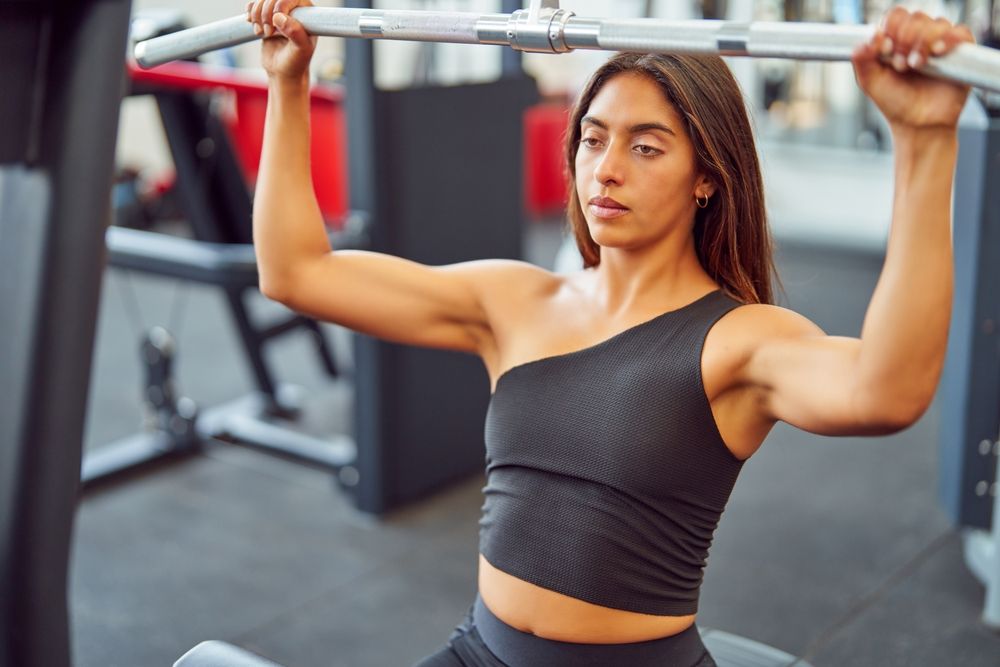
Neutral grip Lat Pulldown
The neutral grip lat pulldown is a variation of the lat pulldown that targets your lats and biceps. It's an effective exercise for building muscle and increasing strength in your back, arms and shoulders.
To do the neutral grip lat pulldown, sit facing away from the cable pulley with your legs positioned under the pads or foot plates.
Grasp the bar with both hands, palms facing inward toward each other. Pull up the bar down until your elbows are at shoulder height, then return to the starting position.
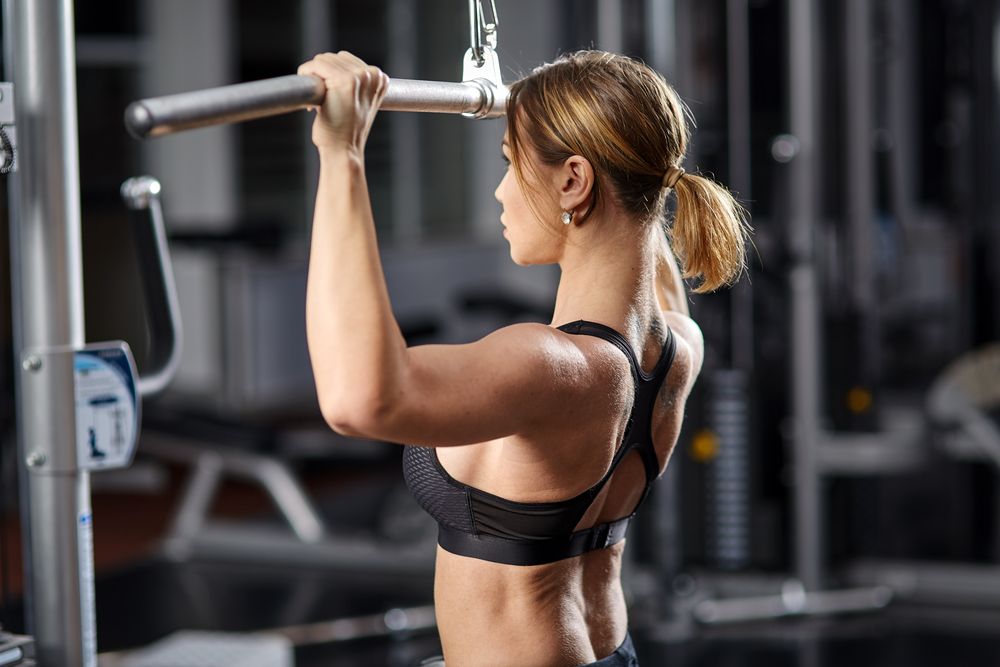
Close grip lat pulldown
Close grip lat pulldown is another variation of the lat pulldown, where your hands are placed closer together on the bar. This position allows you to use more of your body weight than during the regular lat pulldown.
The close grip lat pulldown is done seated on a machine with a bar attached to it. Grab the bar with your hands close together and lean back slightly while keeping your feet flat on the floor.
Next, pull down on the bar with straight arms until you squeeze your shoulder blades and elbows. Return to the starting position by squeezing your shoulder blades together at the end range of motion.
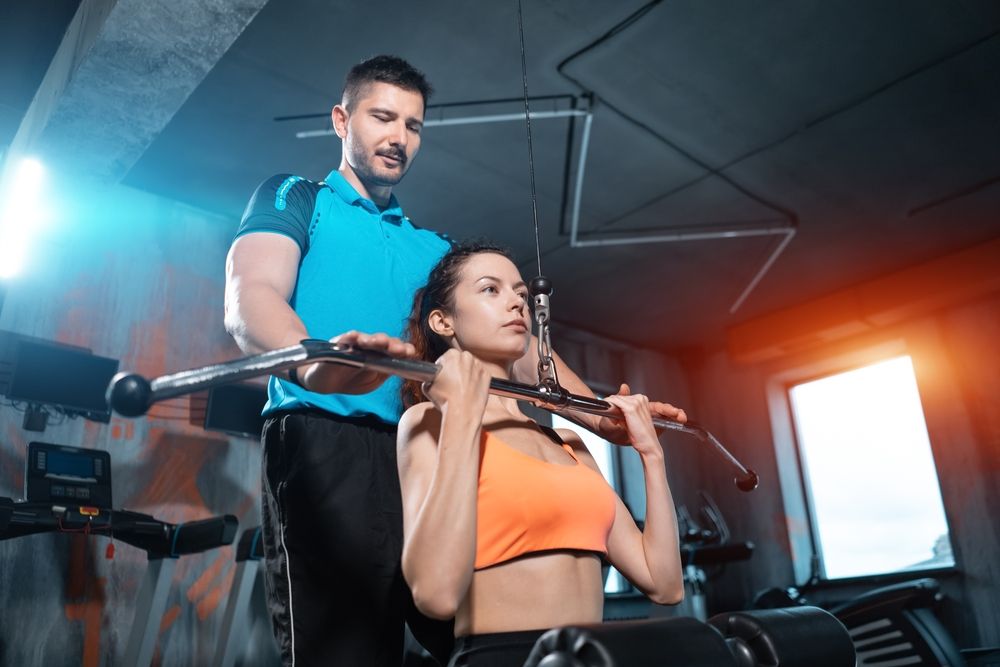
Reverse-grip Lat Pulldown (Underhand)
You can do these with a cable machine, or you can use free weights.
If you're using free weights, hold them at your sides so that they're close to your body as you lift them up and down.
With the machine, stand up and grip the bar with an underhand grip about shoulder width apart, then sit down and let the bar pull your arms up with arms extended.
Pull the bar down toward your chest. When the bar has passed beneath your chin or approached your chest, reverse.
By reversing your grip, you’re putting a lot more emphasis on your biceps as well.
Exercises for the middle back
These back exercises are for the mid-back muscles.
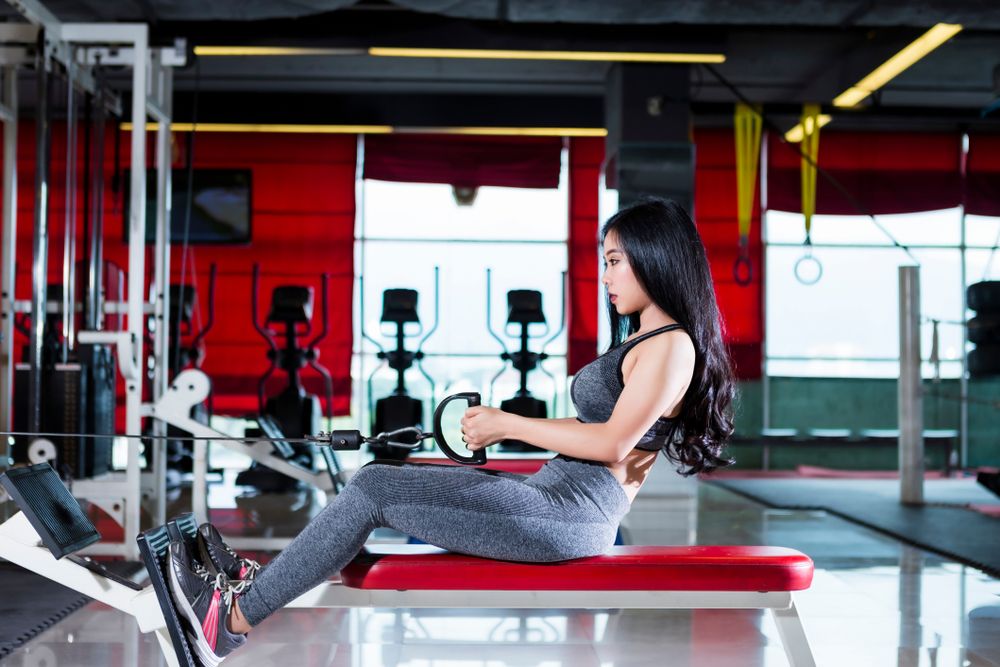
Close-Grip Seated Cable Row
Close grip lat pulldown is another of the row variations. This one targets the middle back more heavily than the others, however.
This position allows you to use more weight than during the regular lat pulldown. The close grip lat pulldown is done seated on a machine with a bar attached to it.
Grab the bar with your hands close together and lean back slightly while keeping your feet flat on the floor and a slight bend at the knees.
Then, pull down on the bar with straight arms until your elbows go below your torso level, and then return to the starting position with arms fully extended and repeat.
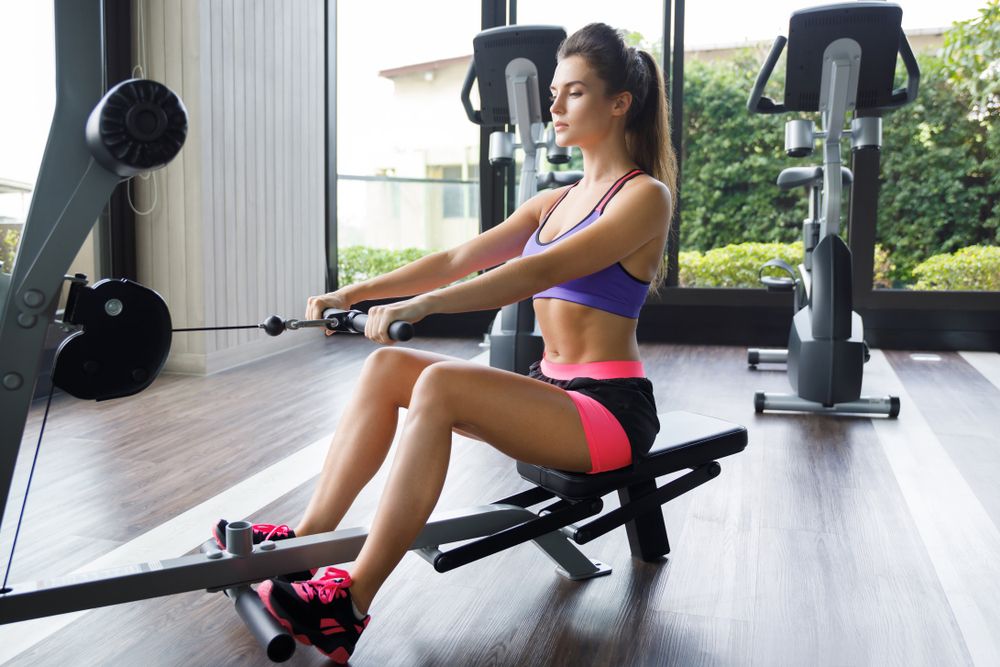
Seated Row
The seated row is a classic exercise that targets the middle back or rhomboids.
Sit on a flat bench with knees bent, then grasp one end of the elastic band in each hand and have it resting across your thighs just above your knees; let go so it hangs down toward the floor behind you.
Pull up on both ends of the band together until hands come within reach of chest level.
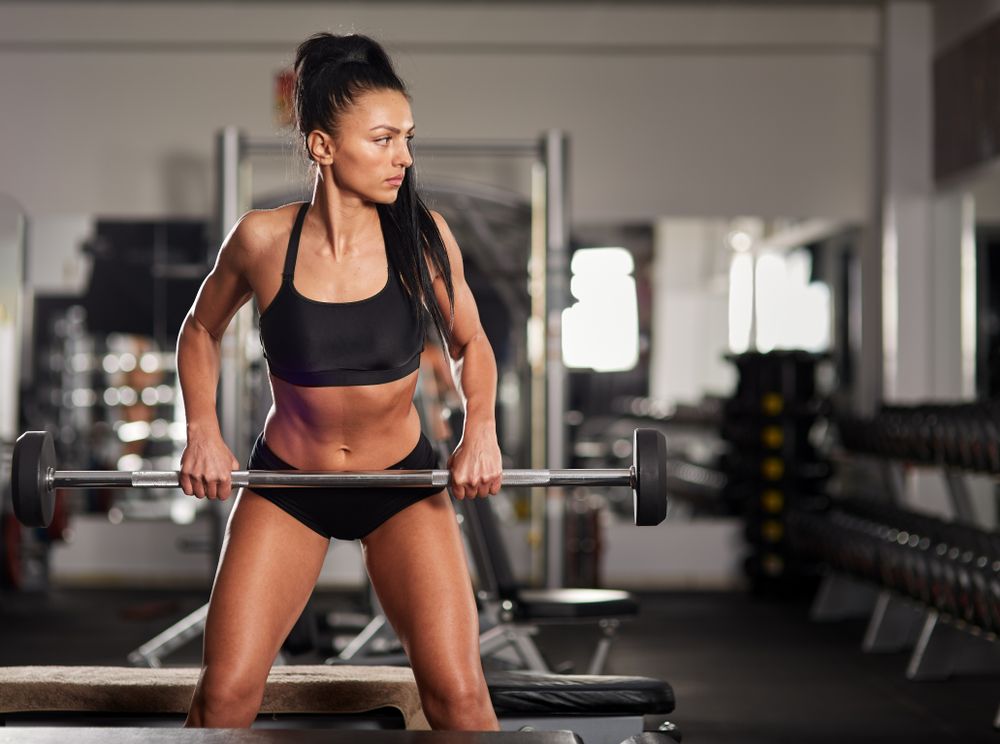
Barbell Row
This exercise works both sides of your middle back at once by contracting both sets of rhomboids simultaneously.
Stand upright and hold a barbell with an overhand grip, shoulder-width apart or wider than shoulder-width apart. Then, lean forward so your chest is parallel to the ground.
Lift the barbell from the ground and then lower it.

Single-arm Dumbbell Row
To do this exercise, stand with your left knee bent and right foot flat on the ground for stability and your back in a straight line for a starting position.
Keep your feet shoulder-width while leaning forward with one hand grasping a dumbbell with an overhand grip. Shift your legs once you've finished your reps.
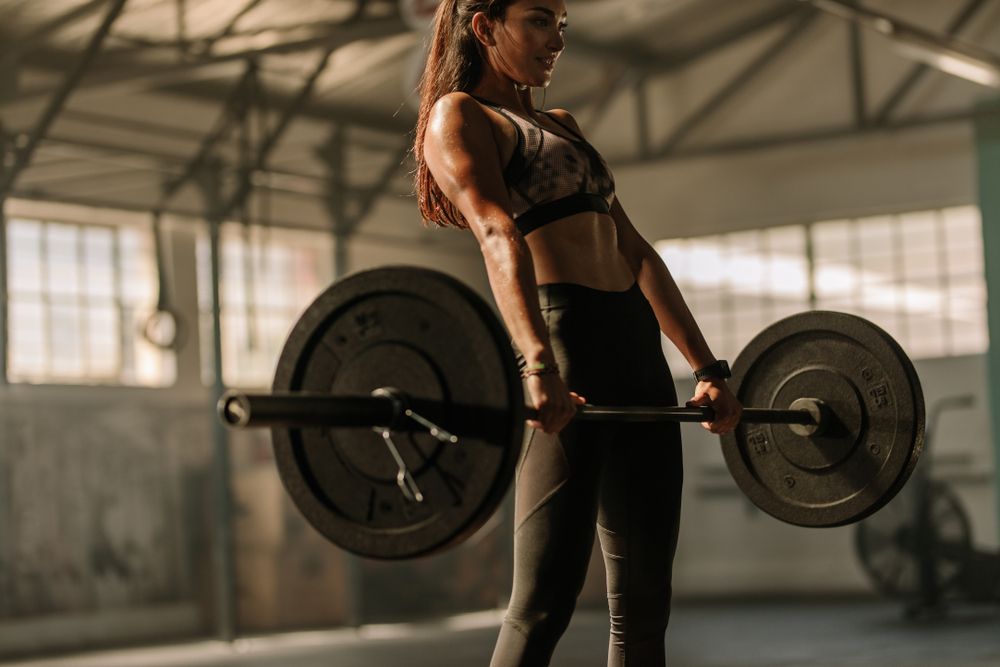
Deadlift
The deadlift is a great exercise for developing overall strength in the lower body and the core. It also works the middle back and glutes.
Set your feet about hip-width apart. Bend forward and lift the weight of the floor.
As the barbell passes your knee, explosively thrust your hips forward to lock the bar out.
Exercises for the lower back
The lower back is a complex area of the body that has many muscles, nerves, and joints. It is important to be aware of this when choosing exercises for your lower back because you want to make sure you are working all of those areas equally.
The previous exercises are unlikely to not work the lower back at all, but those coming exercises are much more focused on the lower back, making them perfect for lower back pain relief as well.
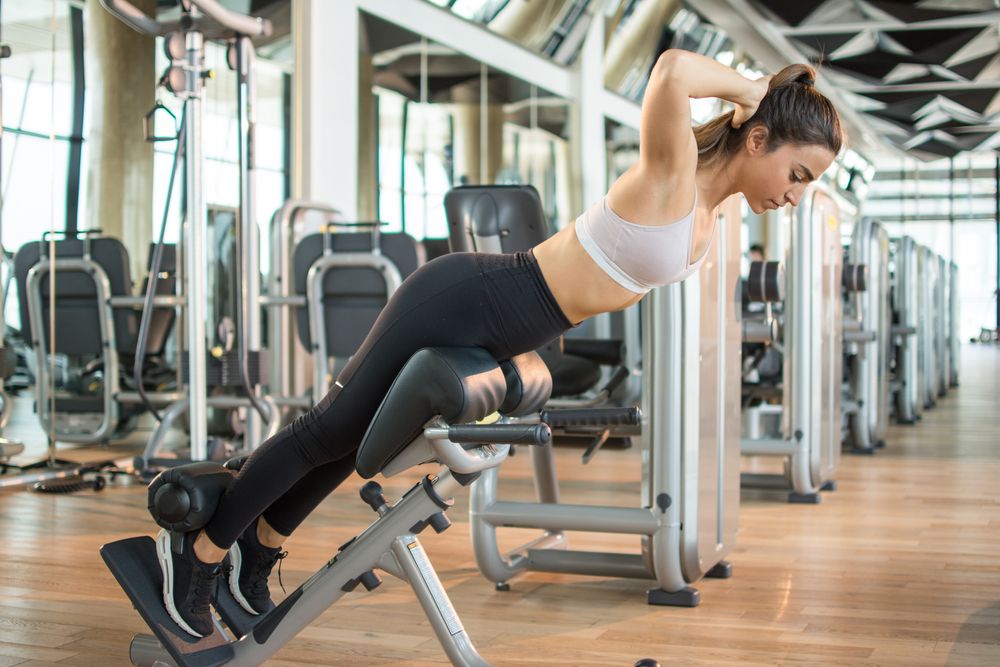
Back Extensions
For a starting position, lie face down on an exercise bench or bed with your arms extended above your head and knees bent.
Raise off the surface while keeping both feet flat on the ground. Slowly lower yourself down until there is no more movement in your spine and hold the position for a couple of seconds before raising back up again as slowly as possible.*
This is an excellent exercise for strengthening your back and core muscles. It also helps you to maintain good posture throughout the day.
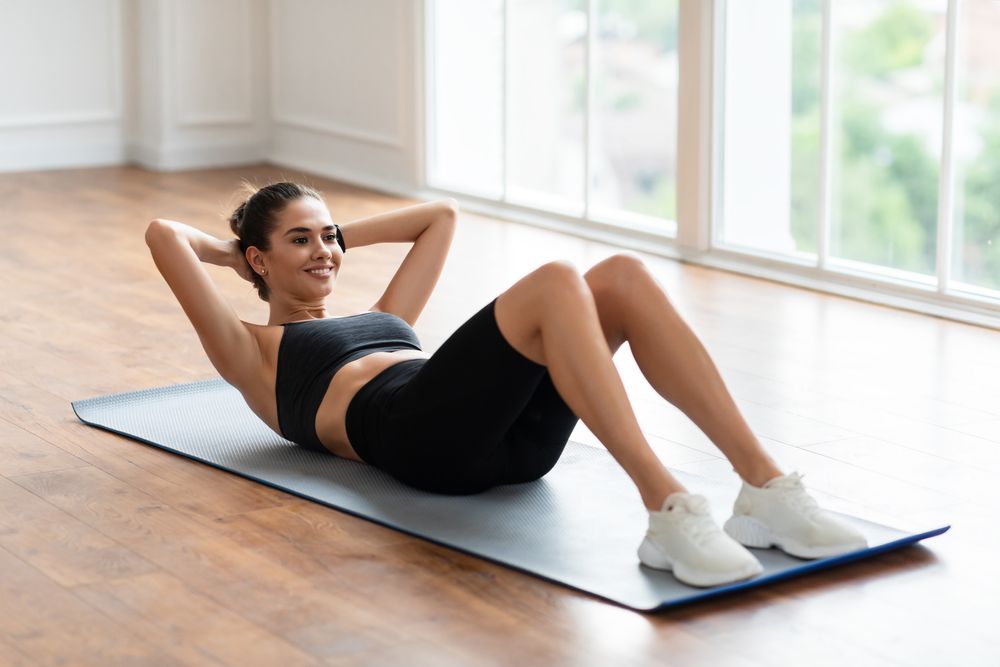
Sit-ups
This exercise works the abdominal muscles as well.
To start, lie on your back with your knees bent and feet flat on the floor.
Keep your arms at your sides or cross them over your chest. Then slowly raise your head and shoulders off the floor while keeping your back flat against it.
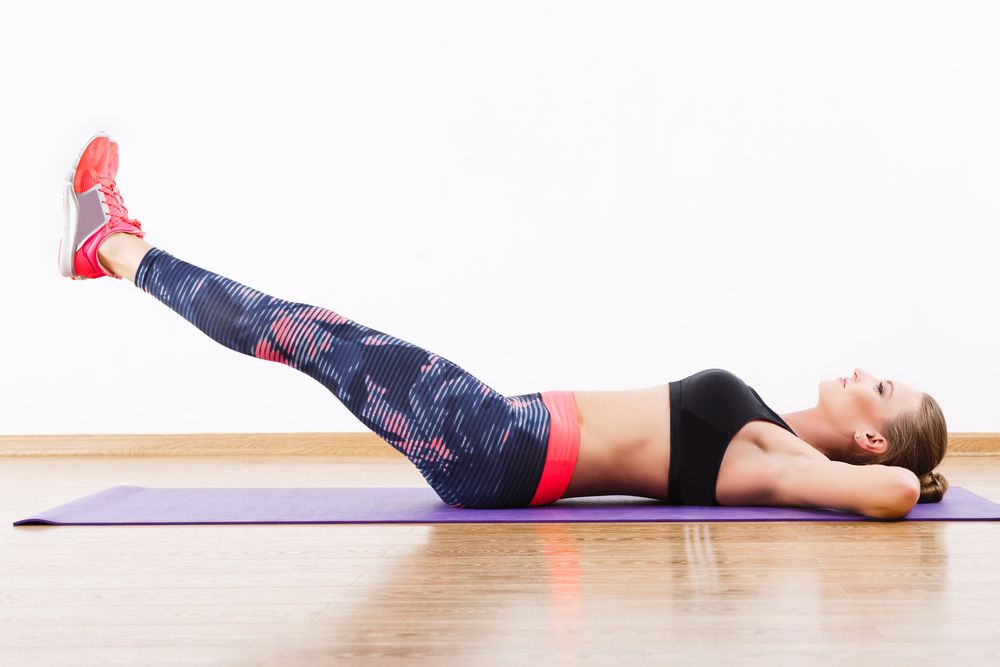
Leg raises
For a starting position, lie on your back with knees bent and straight legs on the floor.
Keep your arms at your sides or cross them over your chest. Slowly raise both legs off the floor as high as possible without arching.
This exercise will also target the leg muscles and cause muscle definition in several areas.
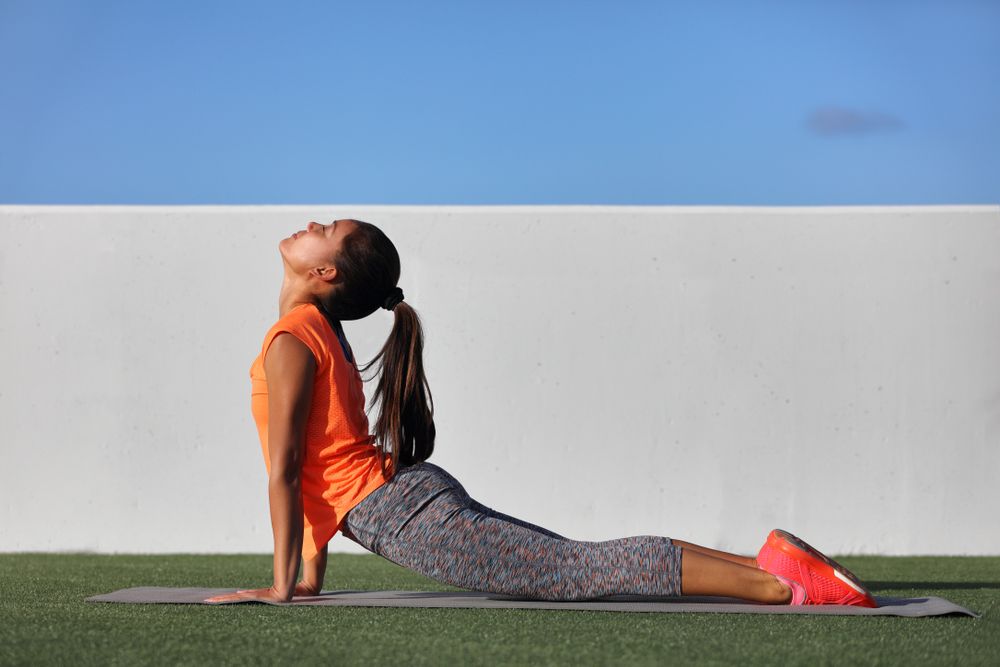
Lower Back Stretch
This stretch is perfect for relieving lower back pain.
Lie on your stomach with your arms out to the sides, palms down, then Push up onto your elbows and lift both legs off the floor.
Hold for 30 seconds, then lower your legs and rest for 30 seconds before repeating.
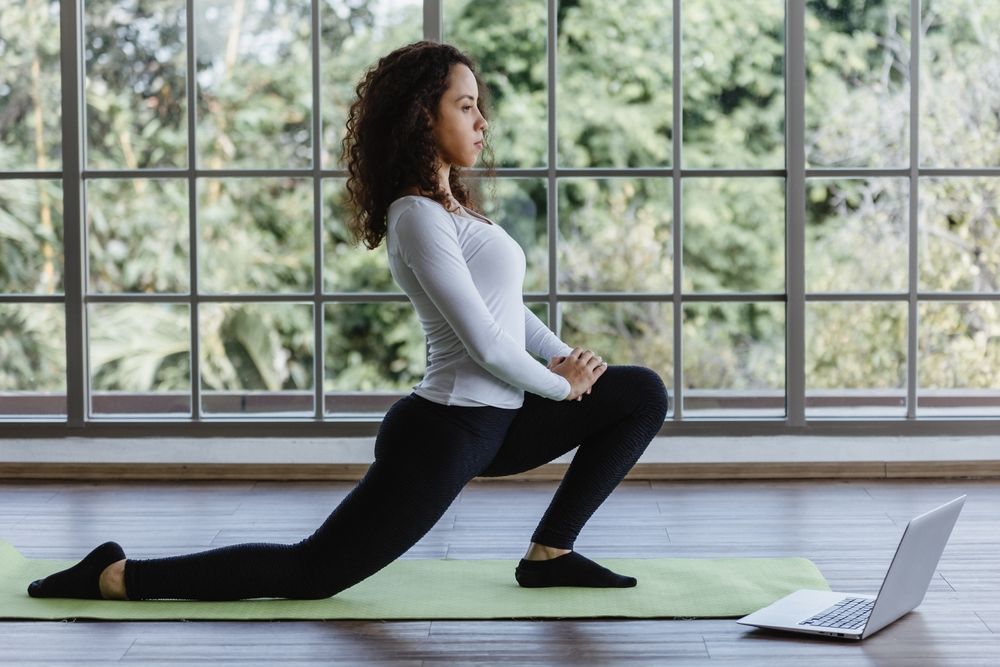
Hip Flexor Stretch
This exercise helps loosen up tight hip flexors, which can cause pain when they are strained or pulled too far during activities
Lie face down on a mat with your legs straight out in front of you, toes pointed toward the ceiling.
Put one hand on top of each knee and gently pull it toward you until you feel a stretch in your hips. Hold for 10 seconds, then release and do it again.
As you can see, there are plenty of ways to work on strengthening your back. The key is to find the right exercise that works for your body type and fitness level. If you're just starting with strength training, start with one or two of these exercises and gradually add more as they become easier.
For more advice and content on how to better your health, keep up with luxefit.com, where you can make your health journey more enjoyable and more luxurious by ordering from our clothing collection. Make sure to not miss black Friday!
